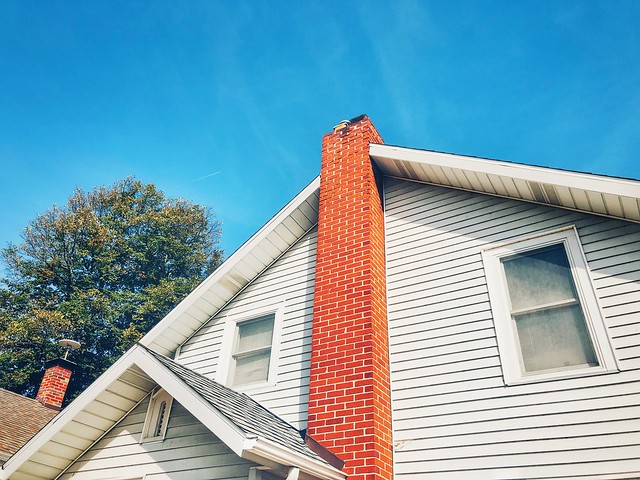First-time home buyers used to make up a larger share of the homes sold in any given year. Typically, they’d account for around 40 percent of annual home sales. But younger home buyers, for a multitude of reasons, have been less active in the housing market in recent years. According to one new analysis, for example, the share of buyers between the ages of 18 and 39 fell 13 percent between 2009 and 2019. That wasn’t the only demographic shift during those years, though. In fact, while the share of younger buyers was dropping another demographic was becoming far more active than they’d previously been. The analysis found that buyers 60 years or older grew 47 percent during the same time period. That’s a significant increase, and one that’s pushed the median age of recent home buyers to 44. Another consequence of this surprising demographic shift is that younger home shoppers are facing more competition from older, more financially settled, buyers – which could make a difference in a hot market where bidding wars are common. (source)













